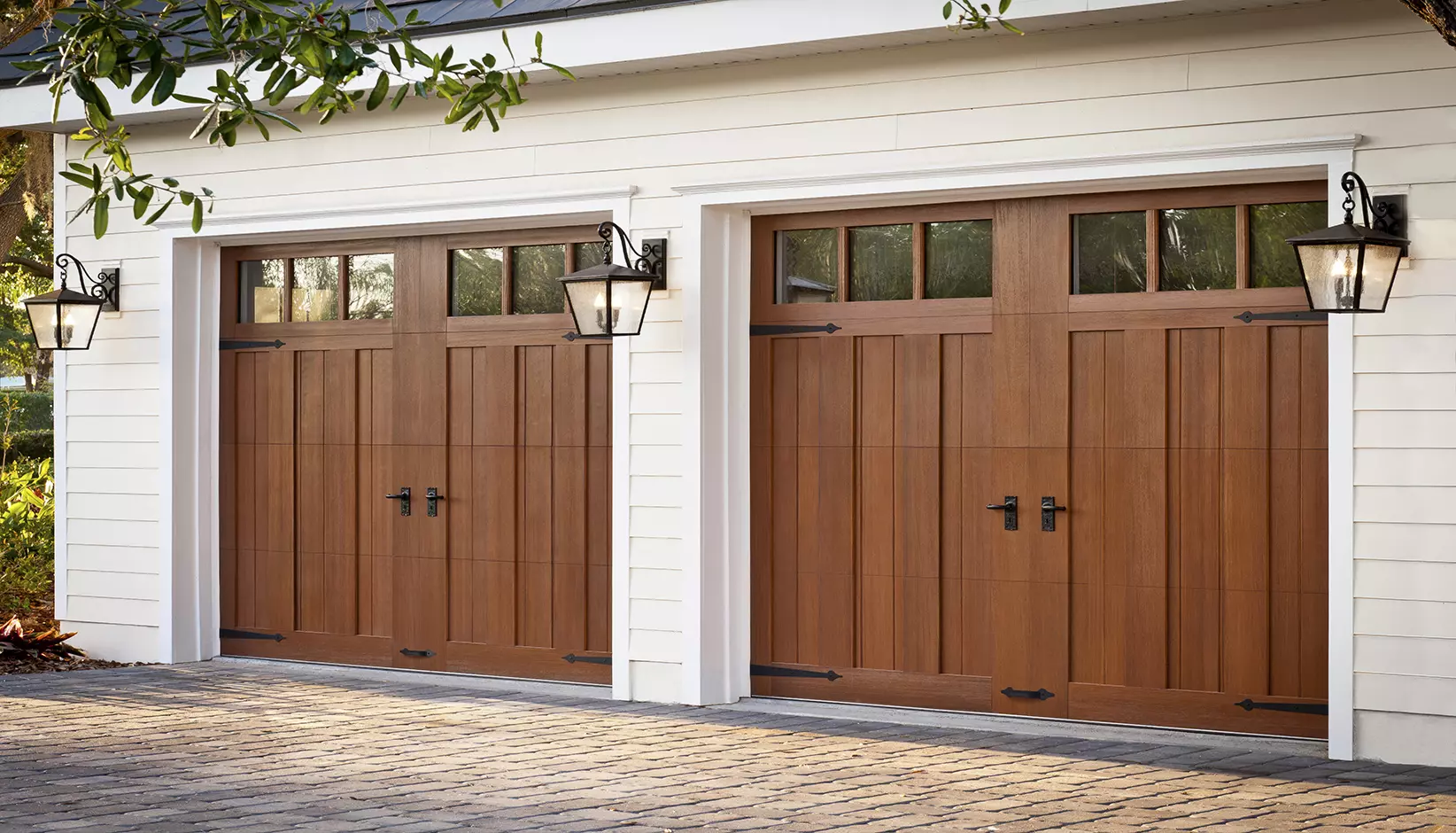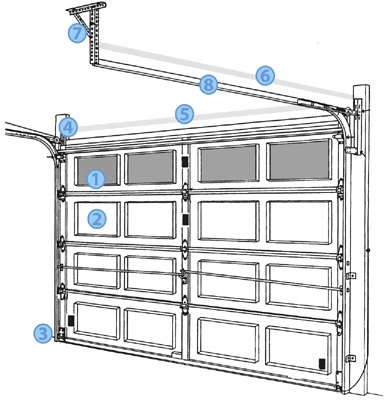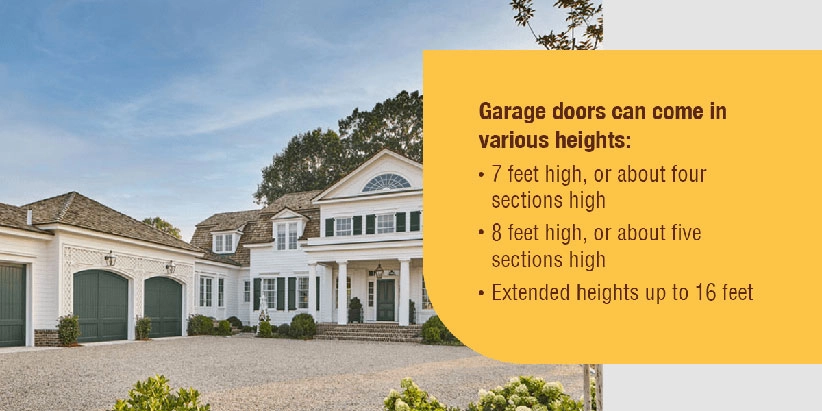Garage Door Components

Understanding the different components of a garage door can be useful to homeowners. As garage doors wear out, different components can start to cause functional issues. When you know about the parts and their responsibilities, you can be better at identifying what parts are causing problems.

With our garage door parts diagram, you can get a sense of the different components on your door. Here is a breakdown of garage door components:
- Window Lite: These glazed sections of glass or acrylic allow for light and visibility. Not all garage doors have window lite, but you will if you integrate windows into your design.
- Sections: Steel panels are reinforced with stiles for extra strength. These sections are then connected with hinges and rollers.
- Bottom Bracket: This bracket is a structured support that provides a place to attach lifting cables.
- Cable Drum: These grooved drums are located on the torsion spring shaft. As the door opens, the lifting cables wrap around these drums.
- Torsion Springs: These springs connect to the lifting cable on a garage door. When the door is closed, these springs wind up and build up stored energy. When you open your door, the stored energy in the springs releases and pulls the cables to open the door.
- Extension Springs: Extension springs stretch horizontally along the track and provide additional energy for the torsion springs to open the door. These springs are most valuable in pulling the lifting cable at a constant speed that counters the garage door's weight.
- Rear Track Hanger: These metal brackets attach to the roof of the garage to hold the door's track in place.
- Track: These metal pieces are located on either side of the door. As the door opens or closes, the tracks keep it aligned.
- Rollers: These wheels are attached to the door on either side and allow for smooth movement along the track.
- Weatherstripping: This component is located along the bottom of your garage door to create a tight seal. While your door will likely have integrated insulation, the weatherstripping adds extra insulating properties to keep outdoor temperatures and weather outside the garage.
Generally, there are two track types for a garage door:
- Standard: If a garage has the necessary measurements above, behind and on either side, the track will have a standard arrangement.
- Low headroom: Low headroom garages do not have the height above for a standard layout. In these layouts, there is a second track that moves the top section of the door so that it won't hit the ceiling. Low headroom layouts can have the springs mounted above the door or behind it.
Garage door tracks can also accommodate more unique garages, like those with extra tall headroom or pitched roofs. Learn more about the different garage door track options.
Garage door tracks consist of three components:
- Vertical track: These tracks are located on either side of the opening.
- Horizontal track: These tracks attach to the ceiling and help hold the door in place when it's open.
- Radius: These curved track pieces create the transition from the vertical track to the horizontal track.
When choosing an automatic opener, the choice of power rating should be based on the size and weight of your door.

Garage doors can come in various heights:
- 7 feet high, or about four sections high
- 8 feet high, or about five sections high
- Extended heights up to 16 feet
Clopay® is your number one source for replacement garage door components. When you have a quality garage door, you only want to use quality parts to replace any parts that may be worn out on your door. Your local Clopay® Dealer is the best place to turn for information as well as the best place to get professional service for your garage door. Head to our Where to Buy section to find a local Clopay Dealer.

